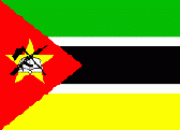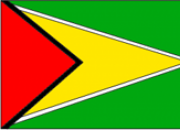
Background
HEALTHQUAL-Guyana began as a collaboration between Guyana’s MOH, UNICEF, HIVQUAL Int’l and CDC Guyana, initially to improve quality of adult HIV care. Given MOH interest in immediate expansion, HEALTHQUAL was implemented across health sectors to include adult and pediatric HIV, as well as well-child care.
To-date, 15 clinics collected baseline data measuring 9 indicators of HIV/AIDS care during the review period from January 1st, 2008 to June 30th, 2008. In addition, 8 of those clinics collected well child care data using 5 child health indicators. 14 of 15 clinics collected data in the following round reviewing HIV/AIDS care and 9 of those clinics collected well child care data.
In additon to six traditional HEALTHQUAL indicators such as CD4 count and adherence, Guyana National AIDS Programme Secretariat (NAPS) partnered with Maternal Child Health (MCH) and consulted with HQ-Guyana staff to develop five indicators for well-child care and three indicators for general medical care.
HEALTHQUAL steering committee was established
- Co-chaired by NAPS and MCH
- Membership from supporting agencies such as UNICEF, CDC, FXB/UMDNJ and AIDS Relief
- Implementation coordinated initially by NAPS
- Subsequently jointly after a MCH HEALTHQUAL field officer was recruited
- Indicators of HIV & WELL CHILD care were jointly developed
- Well child indicators- selection based on MCH guidelines
Selection of clinic sites (3 types)
- HIV
- Well Child
- Well Child and HIV -20 Pilot Sites
Demographic Data
- Population: 751,223
- HIV prevalence
- 1.8% general adult population
- 9700 people living with HIV
- 4050 actively enrolled in national ART program
- (2654 Adults & 178 Children on ART , in Care 1121 Adult & 102 Children of which 9% are receiving Second Line)
- At the end of 2008- estimated that <500 new infections and that <500 AIDS related death would occur
- Year Program Began: Gv’t engagement in 2008
- Scope: Adult and pediatric HIV care and treatment, exposed infants and well child care
- Number of facilities: 20 Pilot sites
Guyana HIV/AIDS Profile
Guyana has one of the highest HIV prevalence rates in Latin America and the Caribbean, and according to the National HIV/AIDS Program of the Guyana MOH, HIV/AIDS is the leading cause of death in adults aged 20-49 years. Out of a total population of 751,223, there are approximately 12,000 people infected with HIV. UNAIDS reports an adult HIV prevalence of 2.4%. Overall, about 28% of HIV/AIDS cases are female, but in the age group under 24, females account for the majority of cases. HIV/AIDS cases have been reported in all ten of the geographical regions of the country, with the highest prevalence rates in urban areas. Georgetown, the capital city, has the highest prevalence rate in the country. Prior to 2001 the prevalence rate amongst commercial sex workers was approximately 46%, but a study done in 2004 found that the prevalence rate had decreased to 26.6%.
Guyana Health System Infrastructure
Since the first case of AIDS was reported in Guyana in 1987, the Ministry of Health has overseen the country’s fight against HIV/AIDS. The MOH has done this largely through the National AIDS Programme Secretariat (NAPS), which provides technical oversight of HIV/AIDS activities in the health sector. From 2002-2006 the Ministry of Health implemented its National HIV/AIDS Strategic Plan, which includes surveillance; care, treatment and support; risk reduction; and management and coordination of the national response. Voluntary counseling and testing is offered at health centers and NGOs in eight of the country’s ten regions. The other two regions offer counseling and testing services by mobile teams. Voluntary counseling and testing is also available at all PMTCT sites and more than 100 such sites are operating in seven regions of the country, proving access to PMTCT for almost 80% of pregnant women in Guyana and providing nevirapine treatment to 85% of the babies born to HIV+ pregnant women. In 2001 Guyana had one ARV treatment site, but by 2007 there were 12 fixed treatment sites and one mobile treatment site. Total ARV coverage in the county was 45% in 2007, but this number is expected to change because Guyana’s guidelines have revised the CD4 threshold for initiating ARVs from 200 to 350.
References:
http://www.unaids.org/en/CountryResponses/Countries/guyana.asp
http://www.who.int/hiv/HIVCP_GUY.pdf
http://apps.who.int/globalatlas/predefinedReports/EFS2008/full/EFS2008_GY.pdf
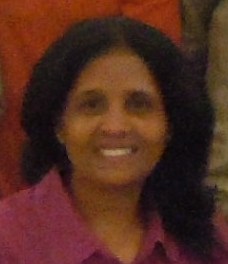
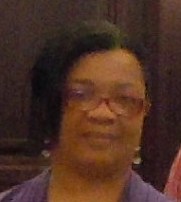



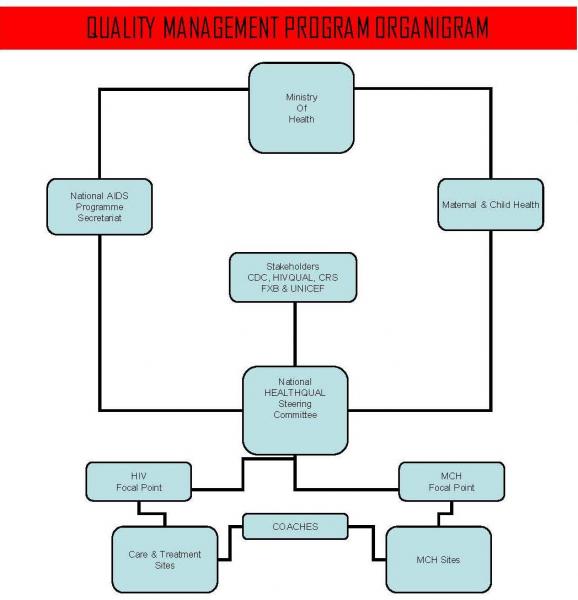
- HQ-Guyana clinics have collected 3 rounds of data reviewing care provided from January - June 2008, July - December 2009 and January - June 2011
- 16 HIV and 67 MCH Guyana clinics have participated in HEALTHQUAL data collection
- At least 10,306 charts have been reviewed
- Performance rates have been measured for the following 9 indicators for HIV/AIDS care: clinical visits, CD4 monitoring, ARV therapy, ART adherence assessment, CPT, TB clinical screen (TST), pulse, temperature, and blood pressure
- HEALTHQUAL Guyana also collects 6 well child indicators: growth monitoring (4 different indicators), development milestones and vaccinations*

